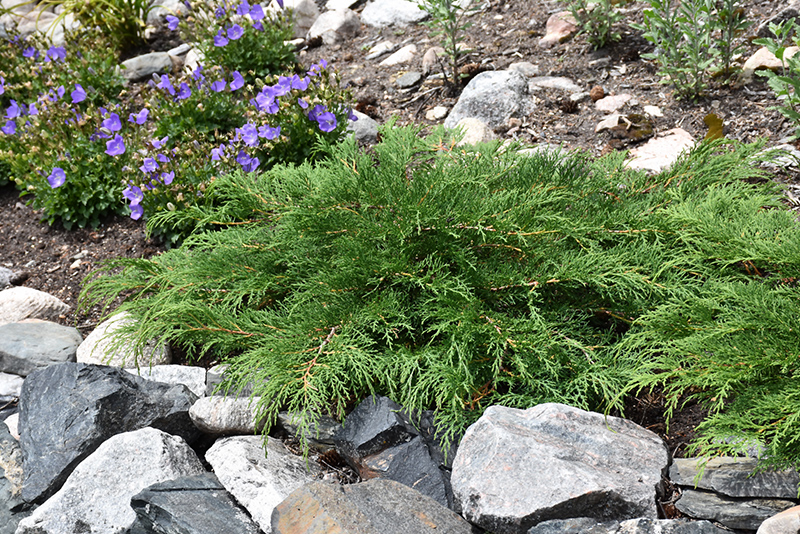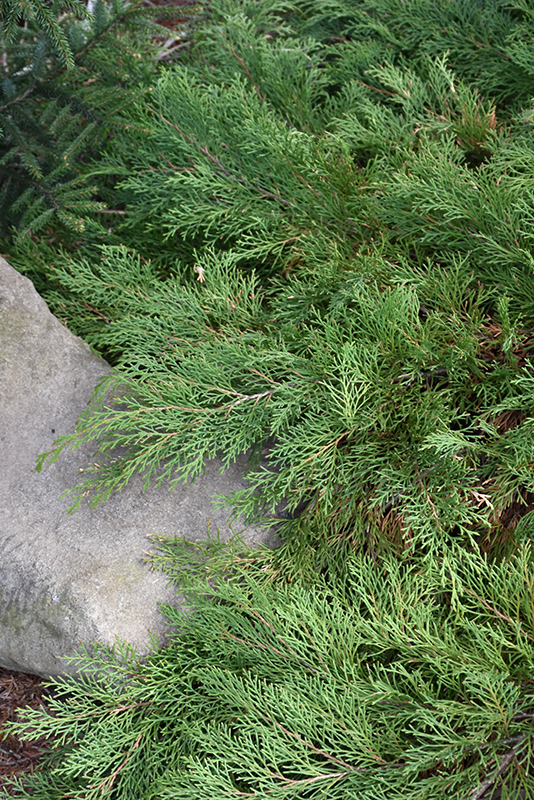Plant Finder
>> Home
Celtic Pride® Siberian Cypress
Microbiota decussata 'Prides'
Height: 24 inches
Spread: 5 feet
Sunlight:
![]()
![]()
![]()
Hardiness Zone: 2
Other Names: Russian Arborvitae
Brand: Proven Winners
Description:
An interesting cold hardy evergreen with attractive bluish-green foliage that turns bronze in winter; a mounded dense habit well suited for rock gardens; performs very well in shade, also needs well-drained but moist soils and wind protection
Ornamental Features
Celtic Pride® Siberian Cypress is a dwarf conifer which is primarily valued in the garden for its interestingly mounded form. It has bluish-green evergreen foliage. The scale-like sprays of foliage turn coppery-bronze in the fall, which persists throughout the winter.
Landscape Attributes
Celtic Pride® Siberian Cypress is a multi-stemmed evergreen shrub with a mounded form. Its relatively fine texture sets it apart from other landscape plants with less refined foliage.
This is a relatively low maintenance shrub, and is best pruned in late winter once the threat of extreme cold has passed. Deer don't particularly care for this plant and will usually leave it alone in favor of tastier treats. It has no significant negative characteristics.
Celtic Pride® Siberian Cypress is recommended for the following landscape applications;
- Mass Planting
- General Garden Use
- Groundcover
Planting & Growing
Celtic Pride® Siberian Cypress will grow to be about 24 inches tall at maturity, with a spread of 5 feet. It tends to fill out right to the ground and therefore doesn't necessarily require facer plants in front. It grows at a slow rate, and under ideal conditions can be expected to live for approximately 30 years.
This shrub performs well in both full sun and full shade. It does best in average to evenly moist conditions, but will not tolerate standing water. It is not particular as to soil type or pH. It is quite intolerant of urban pollution, therefore inner city or urban streetside plantings are best avoided, and will benefit from being planted in a relatively sheltered location. Consider applying a thick mulch around the root zone in winter to protect it in exposed locations or colder microclimates. This is a selected variety of a species not originally from North America.

